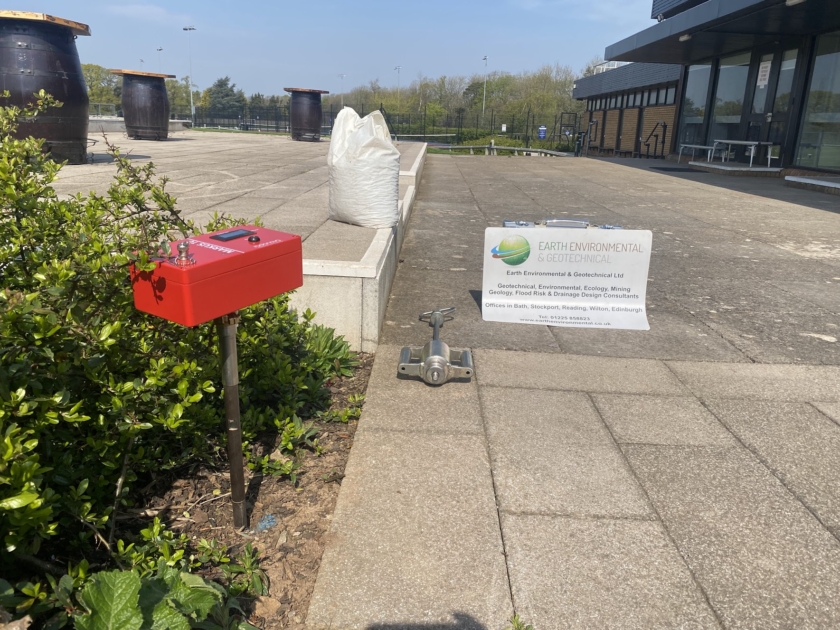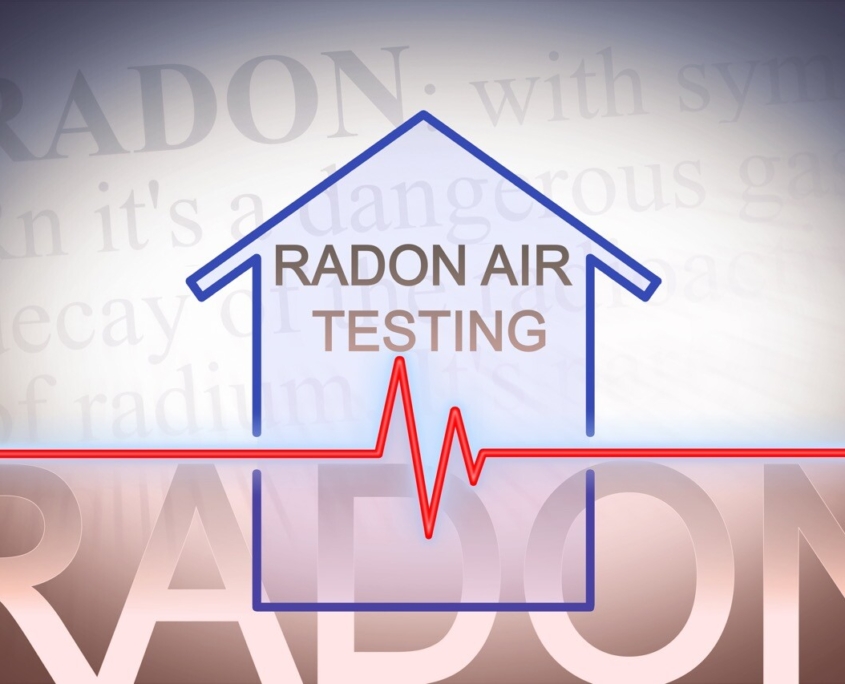Radon in the Workplace : Employers Responsibilities
Radon Risk Assessments and Surveys
Radon in the Workplace : Employers Responsibilities
Is Your Workplace in a Radon Risk Area?
Employers can use this map to help undertake a suitable and sufficient risk assessment and take appropriate action where necessary.
The updated map provides information that allows property owners, landlords, and employers to make informed decisions on the benefits of undertaking radon measurements and potential remediation work.
The only way to know if a building has a high radon level is to have it tested. If your workplace or business is in a radon affected area we recommend that a test is arranged. At Earth Environmental & Geotechnical we provide radon surveys, radon monitoring & testing, and if required radon remediation designs to ensure your employees are not at risk from radon in the workplace.
Our Radon Services allow you to stay compliant with The Ionising Radiations Regulations 2017 , The Ionising Radiations Regulations (Northern Ireland) 2017 legislation, which requires employers to act if radon levels exceed the workplace threshold.
Radon is a serious issue throughout the UK. Whilst every building contains some level of radon the levels are usually low, so the risk to health is small. However, in some parts of the country e.g. South West England, Kent, Bristol, areas of Wales, Cumbria, and parts of the Peak District to name a few, buildings and grounds may have higher levels of radon and there may be a need for radon monitoring in specific areas.
The radon map allows local councils, national and regional governments, social and private landlords, private homeowners, and employers to assess the radon risk in their properties. It is also used in building regulations to inform where radon preventative measures should be incorporated in new buildings.
The information is from the interactive map from www.ukradon.org, and the UK Health Security Agency. Further information on radon in the workplace can be found here
Radon Risk Assessments, Surveys and Monitoring
Radon in the Workplace Risks
The risk of developing lung cancer from exposure to radon remains low and the vast majority of buildings remain outside Affected Areas.
Individuals and employers are encouraged to check the map to see if a radon test is advised in homes and workplaces in their area.
Postcodes have moved into High Risk Areas so please check now!
The updated radon potential map, produced by UKHSA and BGS, is the first in over 10 years and provides an authoritative analysis of the likelihood of a building being in a radon Affected Area (an area with higher radon potential).
Radon is a colourless and odourless gas that is attributed to 1,100 lung cancer deaths per year in the United Kingdom. The risk is highest among smokers and ex-smokers.
For most people, the risk of developing lung cancer from exposure to radon remains low and levels of radon have not increased across the UK. However, UKHSA advises you to test your home if you live or work in an Affected Area. There are several methods of reducing high radon levels in buildings.
The latest update to the map, available to view at UKradon.org, is the product of years of new analysis and research, combining the latest geological mapping with one of the largest databases of in-home measurements ever compiled.
While the vast majority of buildings remain outside radon Affected Areas, this new map has refined our knowledge of areas where high radon levels are more likely to occur. The overall number of buildings with high radon levels remains the same.
The radon map allows local councils, national and regional governments, social and private landlords, private homeowners, and employers to assess the radon risk in their properties. It is also used in building regulations to inform where radon preventative measures should be incorporated in new buildings.
What Are an Employer’s Health & Safety Responsibilities to Their Employees?
Radon in the Workplace
Recently Updated Radon Map for Great Britain.
In December 2022 the radon risk area maps were updated for the first time in 10 years.
Your workplace may now be in a radon risk area. Please check your postcode now and take action if you are now in a risk area.
Every building contains radon but the levels are usually low. The chances of a higher level depends on the type of ground. UK Health Security Agency has published a map showing where high levels are more likely.
The darker the colour the greater the chance of a higher level. The chance is less than one home in a hundred in the white areas and greater than one in three in the darkest areas. Check your premises location now
As the radon maps shows there are areas throughout the UK that have a higher risk of elevated radon including:
- Wales
- South West England
- South England – Kent – Folkstone, Dover
- Scotland
- North England – Peak District, Derbyshire, Cumbria,
- North West
- North East
- Northern Ireland
Indeed all areas of the UK have sections of land/buildings with Radon risk where the Maximum radon potential is greater than 30% and action is required.
Please check your postcode now
The information is from the interactive map from www.ukradon.org, and the UK Health Security Agency. Further information on radon in the workplace can be found here






